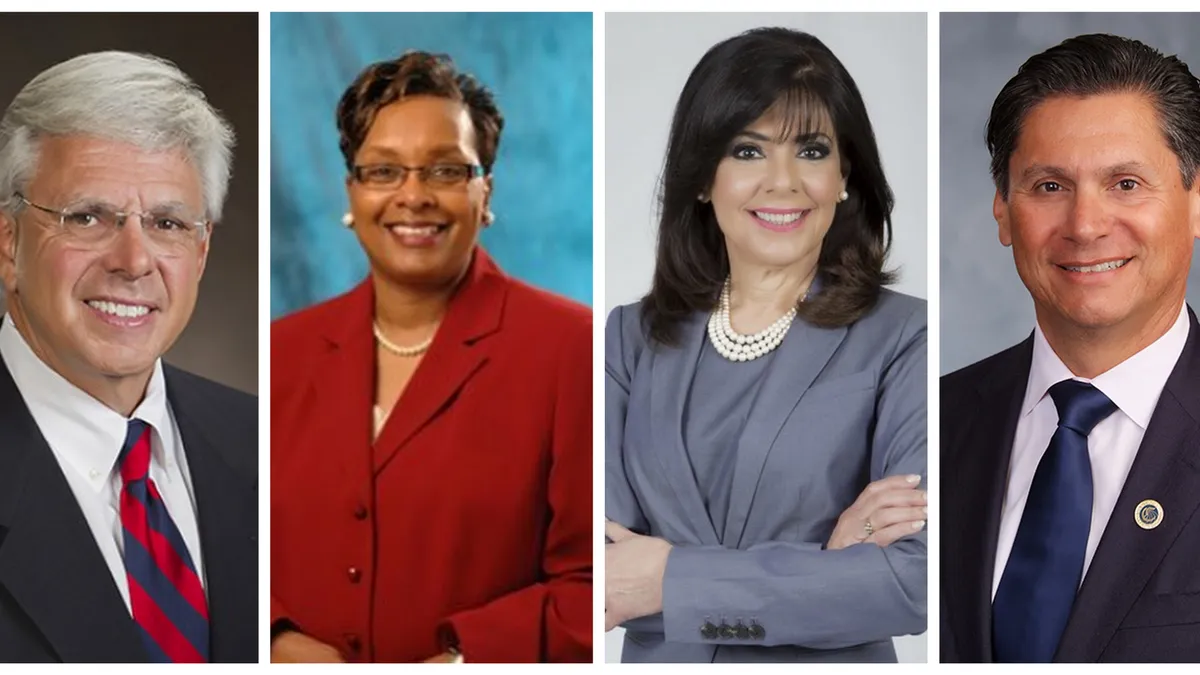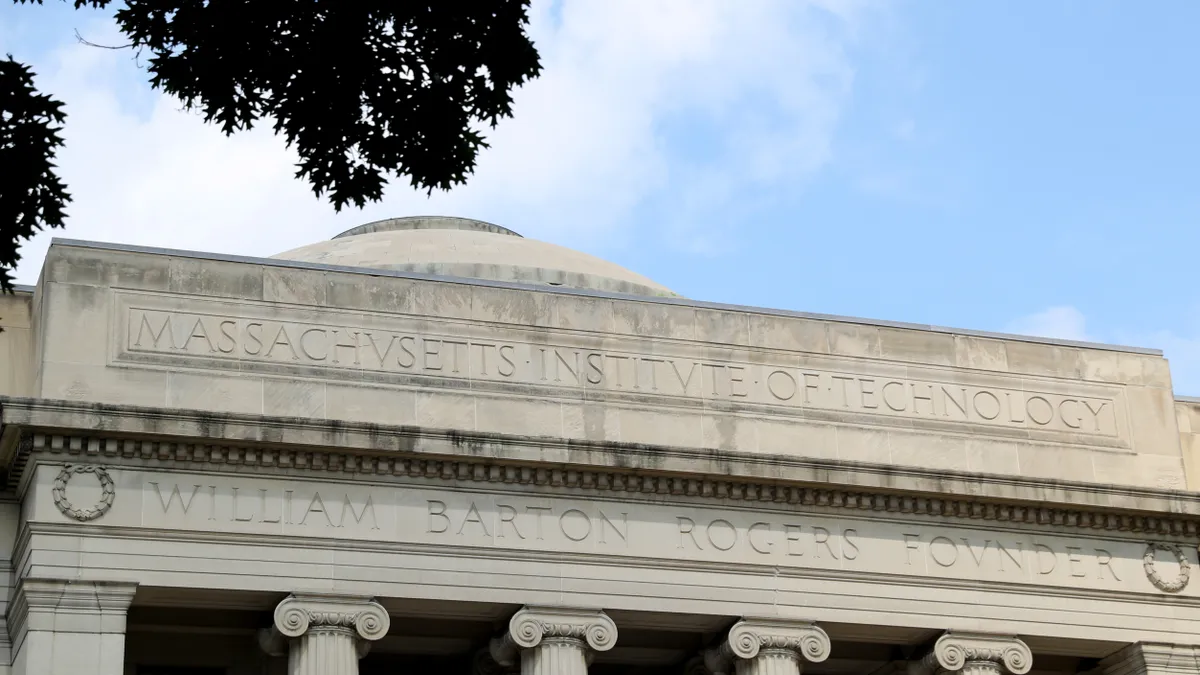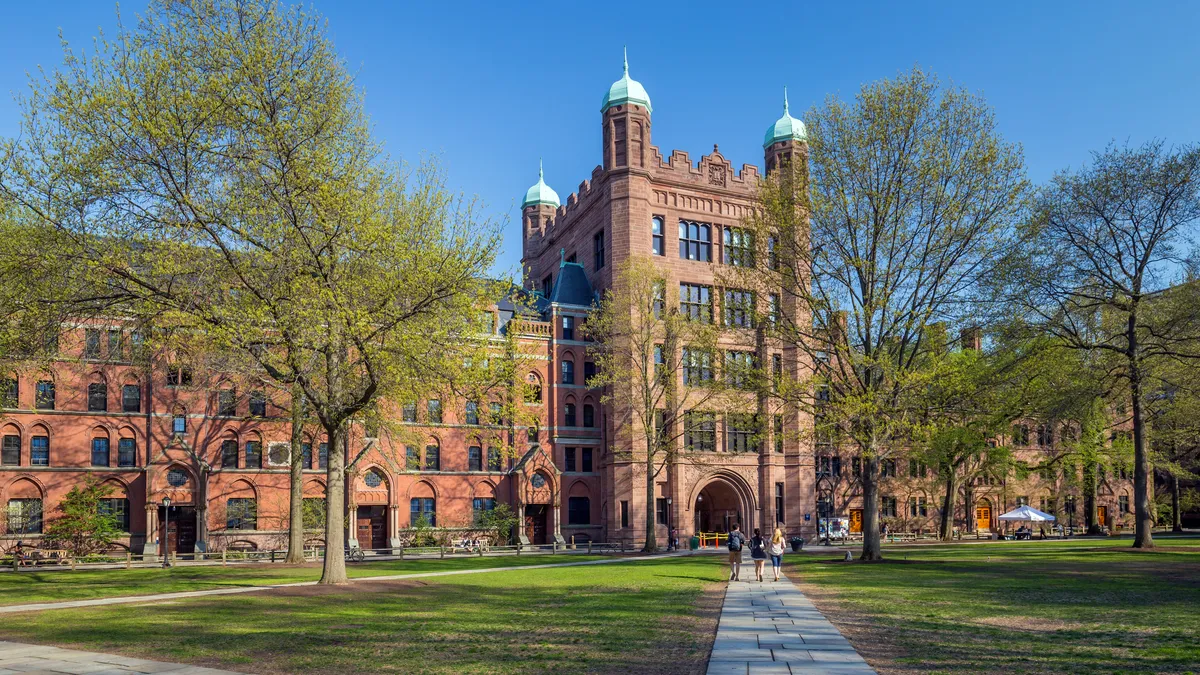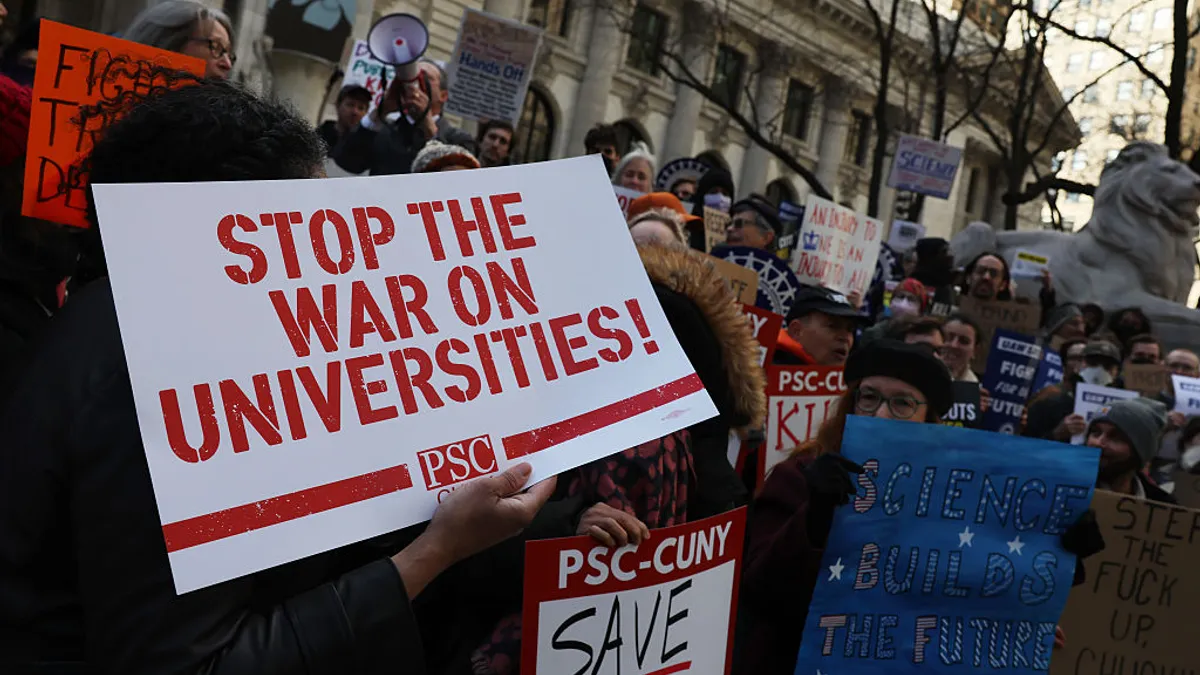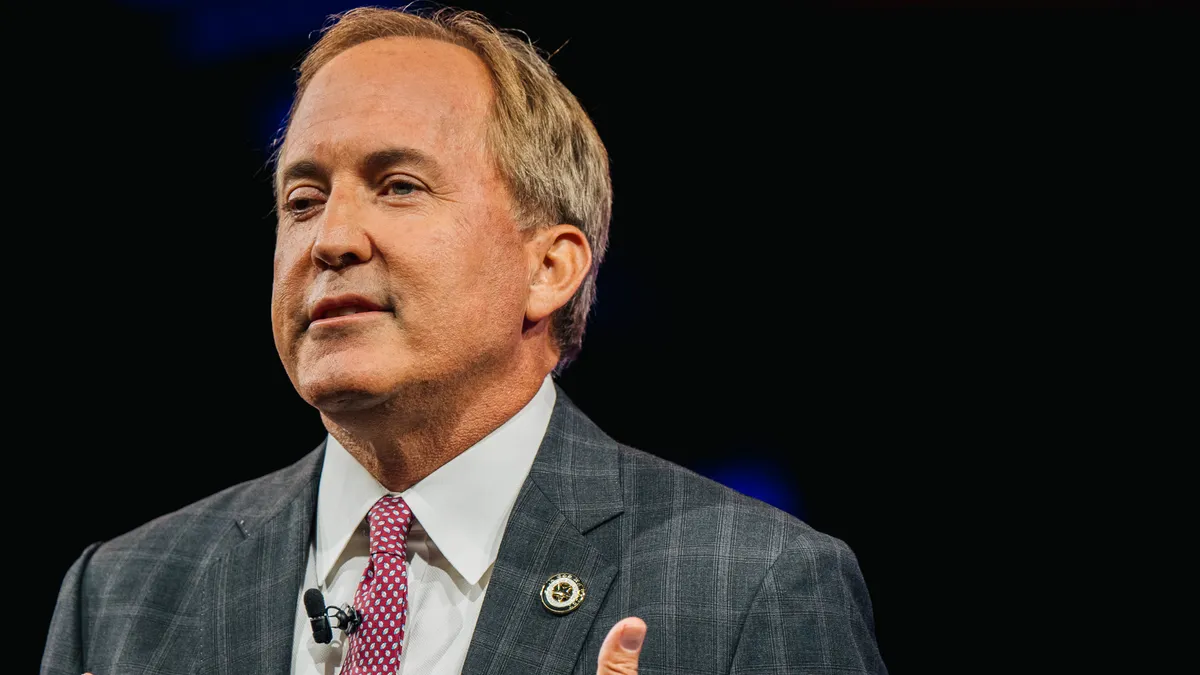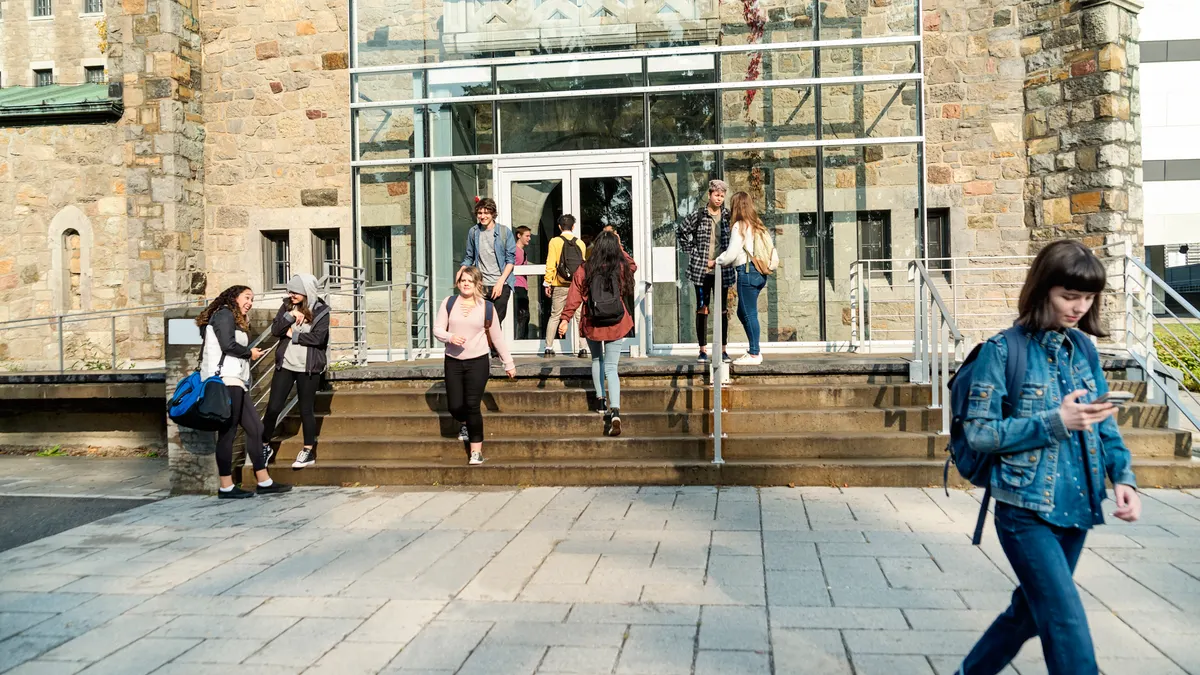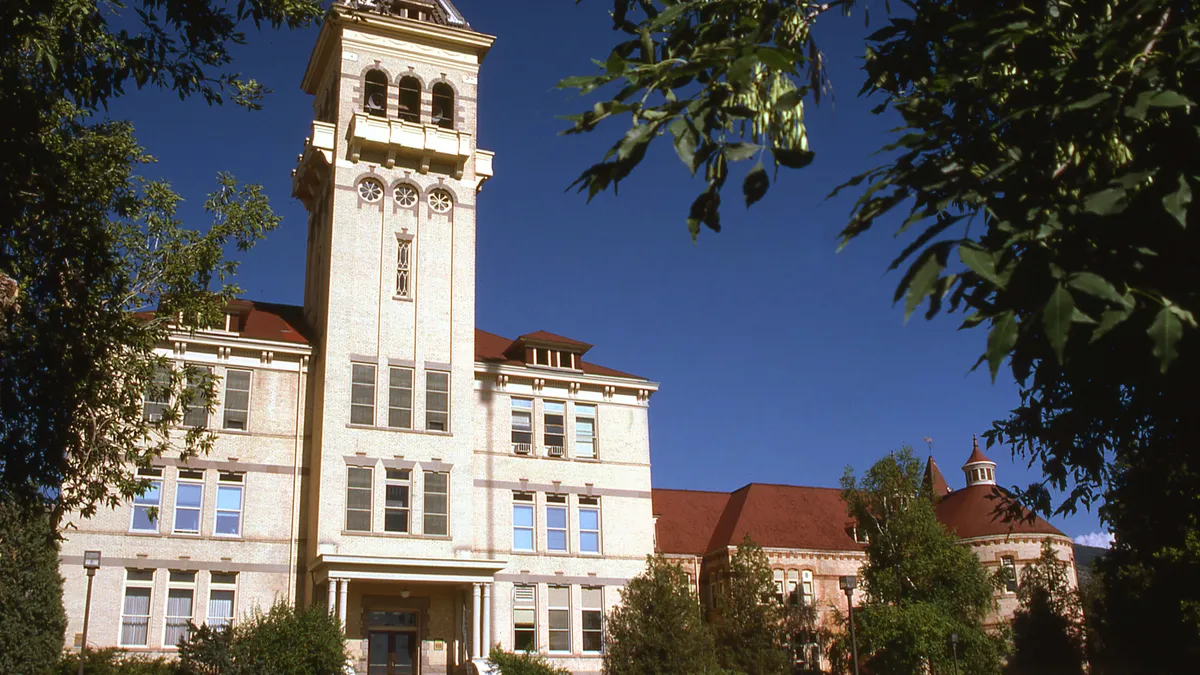Two-year colleges are often seen as a last option for students who may not be ready to enter the four-year university. In reality, community colleges serve an immeasurably critical role to the overall higher education landscape. Not only are they often the top providers of credentials for skills that lead to in-demand jobs, they’re often the ones doing the best jobs of working directly with industry to build programs that specifically tailor to workforce demands. They are also often the conduits for students who never considered college to get them in the door of higher education and help them identify pathways to the bachelor’s degree and beyond.
The issues that face the sector as a whole are magnified in the community college setting: drastic budget cuts, an emphasis on performance, an ongoing need to defend relevance, and lack of stability fueled by high turnover rates. And American Association of Community Colleges President Walter Bumphus has lamented the same pipeline issues, coupled with a looming Baby Boomer retirement boom, which will leave the institutions scrambling to find leaders who can carry the sector into the future.
But there are several leaders who are already working to position not only their institutions, but their local communities and the two-year college sector as a whole, for success. While no such list can be comprehensive, these are the community college leaders who have caught our attention.
Jackson Sasser, Santa Fe College
Dr. Jill Biden recently lauded Santa Fe College as being exceptionally focused on student success, and the Aspen Institute named it the best community college in the nation. The recognition came in the midst of a 62% graduation/transfer rate — which sat way above the 40% national average — and a 70% acceptance rate into Florida’s flagship university, the University of Florida.
These accolades alone are enough to land its president, Jackson Sasser, on any “must-watch” list. But it is Sasser’s persistence toward bigger and better and not being impressed with a 70% success rate that make him one to watch. Sasser told a Gainesvile.com reporter he is unsatisfied with the college’s “C” rating. The college implemented an early alert and progressive advisement system to enable officials to intervene early and often, and there has been a specific focus on retaining African-American males. Under his leadership, the college has grown by four campuses, and a new construction institute has been added.
Charlene Dukes, Prince George's Community College
Prince George’s Community College President Charlene Duke is committed to helping build the pipeline for future community college presidents, and she is particularly focused on increasing opportunities for aspirants of color through her work with the Thomas Lakin Institute for Mentored Leadership. She is the first female president of the Prince George’s County, MD, institution, and colleagues herald her forward-looking vision for developing service-oriented leaders as one key to her success in the region.
Of note is Dukes’ commitment to the actual community surrounding the school and keen attention to the legislative advocacy and economic impact of PGCC on the broader county. She has been a resident of the county since she arrived on campus and has served on numerous local boards and panels to support the county, committing fully to the importance of the relationship between the college and its surrounding community, as well as the need for faculty and staff to be able to understand and relate to where students are coming from.
Maria Harper-Marinick, Maricopa Community Colleges
Maricopa Community Colleges has been an exemplar in Arizona in creating programs that relate to the needs of local industry and can serve as a pipeline to a four-year degree. And with the support of a U.S. Department of Labor grant, the institution is becoming a top destination for low-income parents looking to pursue training in high-demand fields to further their careers.
One of the key goals for President Maria Harper-Marinick is to “take the system to the next level” and make sure students are as proud to attend one of the system’s colleges as she is to lead it. Harper-Marinick is the first Latina to head the system and sees a key part of her role as modeling success for the high number of Latin-American students enrolled in the institutions.
Eloy Ortiz Oakley, California Community Colleges
Eloy Ortiz Oakley is good at asking the tough questions and getting leaders across higher education to think critically about the ways they are promoting or hindering access for all students on their campuses. As head of the largest system of higher education in the nation, Oakley has zeroed in on revamping the approach to remedial education, which often is associated with high attrition rates, and ensuring college is an expectation for all students. At a recent Atlantic LIVE event, he posited we don’t want to create a society in which people with degrees are telling others, mostly those from disadvantaged backgrounds, they don’t need to obtain a college credential — a profound commentary on the often elitist structure of higher education.
Not only that, Oakley — who is the first Latino chancellor of the system — has been an advocate for Latin-American students in Trump’s America, pushing DREAMers to continue to apply for federal financial aid and continue their educations. He is of the belief that college leaders have a responsibility to speak out in a responsible, nonpartisan way not just on issues directly impacting the college, but which impact the students and other campus stakeholders as well.


